Over View Gnosis (GNO)
Gnosis is a decentralized infrastructure project built to enhance the Ethereum ecosystem. Initially launched as a prediction market platform in 2015, Gnosis has evolved into a versatile suite of tools designed to improve the scalability, security, and governance of decentralized applications (dApps) and services. The platform is well known for its work in decentralized finance (DeFi), multisig wallets, and its efforts to address Ethereum’s scalability challenges.
Founders and Background

Gnosis was founded by Martin Köppelmann and Stefan George. Martin Köppelmann, who serves as the CEO, was deeply involved in researching scalable blockchain solutions and economic incentives. Prior to Gnosis, Köppelmann explored the idea of universal basic income through blockchain technology, which led to the creation of Circles, a crypto token built on Ethereum. Stefan George, the CTO, has a background in centralized bitcoin prediction markets through his founding of fairlay.com.
The project received early support from ConsenSys, an Ethereum-focused incubator, and raised 250,000 ETH (about $12.5 million USD at the time) during its 2017 ICO, releasing 4% of the total GNO supply into circulation.
The Gnosis Ecosystem
The Gnosis ecosystem is centered around decentralized governance and tools that support Ethereum-based projects. It is governed by the GnosisDAO, which manages decisions regarding the platform’s development, including the creation of key products like Gnosis Safe, CoW Protocol, and Gnosis Chain.
Key Components of Gnosis:
- Gnosis Safe: Originally known as Gnosis Safe, this is a multisignature wallet designed for individuals and organizations. It allows for more secure transactions by requiring multiple signatures (or approvals) before a transaction can be executed. This is ideal for businesses or teams managing funds together, as it prevents unauthorized access if one private key is compromised.
- CoW Protocol: The CoW Protocol is a decentralized exchange (DEX) designed to optimize trade execution. It uses batch auctions to match buy and sell orders every five minutes. This unique mechanism solves problems like Miner Extractable Value (MEV) by ensuring that trades are settled at the best possible prices. Instead of using the traditional automated market maker (AMM) system, CoW Protocol settles trades via ring trading, matching liquidity from various trades within each batch.
- Gnosis Chain and Gnosis Beacon Chain: The Gnosis Chain is an Ethereum-compatible blockchain designed to scale decentralized applications and improve transaction throughput. The Gnosis Beacon Chain secures this ecosystem through a Proof-of-Stake (PoS) consensus mechanism, rewarding users who stake GNO tokens with staking rewards. The Gnosis Chain uses xDAI, a stablecoin, for transactions and gas fees. This sidechain alleviates Ethereum’s scalability issues by providing an execution layer with stable and low-cost transactions.
- GnosisDAO: GnosisDAO is the decentralized autonomous organization (DAO) that governs the development of the Gnosis ecosystem. The DAO controls the treasury, which holds both ETH and GNO tokens, and makes decisions related to platform development. The GNO token itself acts as a governance token within the DAO, allowing holders to vote on key proposals regarding product direction, tokenomics, and platform updates.
The Role of GNO Token

The GNO token plays two major roles in the Gnosis ecosystem:
- Staking: Users can stake GNO tokens on the Gnosis Beacon Chain to participate in the consensus mechanism and earn rewards for validating transactions. This staking mechanism is key to securing the network and is a primary reason why users hold GNO tokens.
- Governance: GNO tokens also function as the governance mechanism for the GnosisDAO. Holders can vote on proposals that affect the platform’s development, and the number of GNO tokens a user holds determines their voting power. A minimum of 1 GNO is required to participate in governance, but the more GNO a user holds, the more influence they have in the decision-making process.
By combining both staking and governance functions, GNO encourages users to hold their tokens long-term, which helps reduce market volatility and build a more sustainable ecosystem. This incentivizes users to participate in the growth and evolution of the platform, benefiting both the individual token holders and the broader Gnosis ecosystem.
Why Do GNO Tokens Have Value?
The value of GNO is derived from its two primary uses:
- Staking Rewards: By staking GNO tokens on the Gnosis Beacon Chain, users can earn rewards for supporting the security and operation of the network.
- Governance Power: GNO serves as a governance token for the GnosisDAO, allowing holders to shape the direction of the platform by voting on critical proposals.
Together, these factors drive demand for GNO, encouraging long-term holding and creating a deflationary pressure on the token supply.
Gnosis is a pivotal player in the decentralized ecosystem, particularly within the Ethereum space, providing essential tools for scalability, security, and governance. By creating products like Safe, CoW Protocol, and Gnosis Chain, it offers a wide range of services for developers, investors, and organizations looking to build on or interact with Ethereum. Through its GnosisDAO governance model and its native GNO token, Gnosis empowers its community to shape the future of the platform, making it a critical infrastructure project in the growing DeFi and blockchain space.



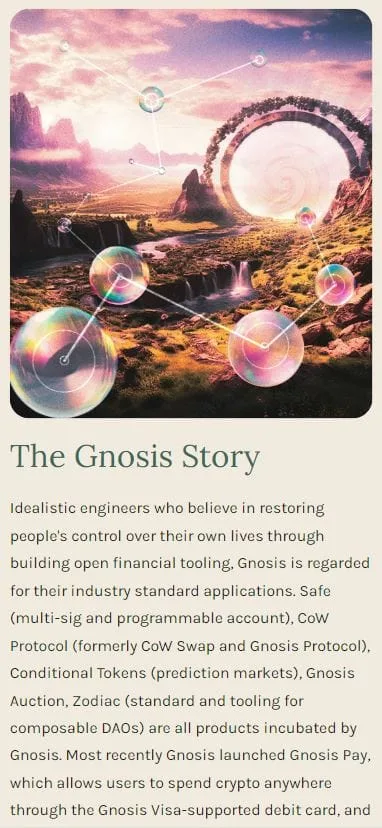
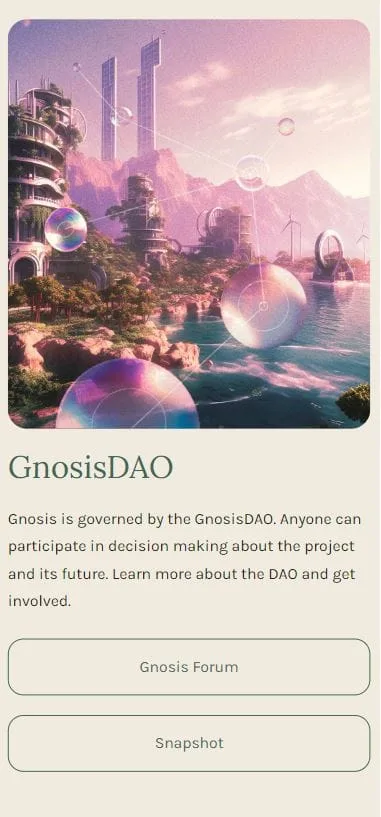
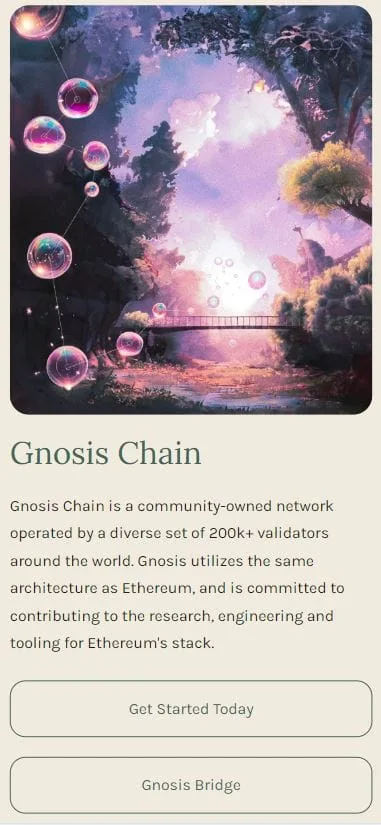
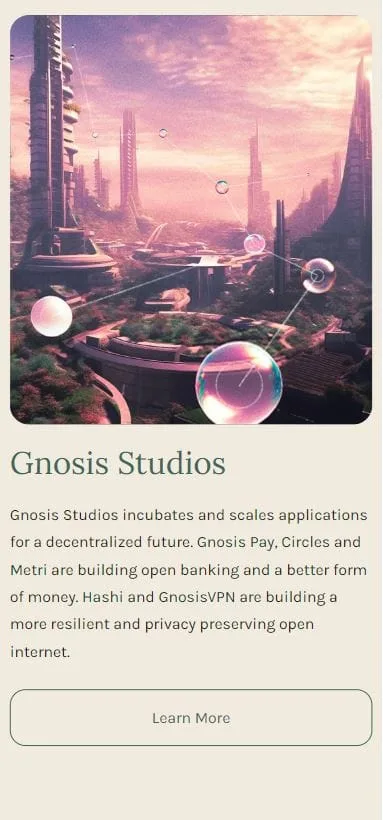
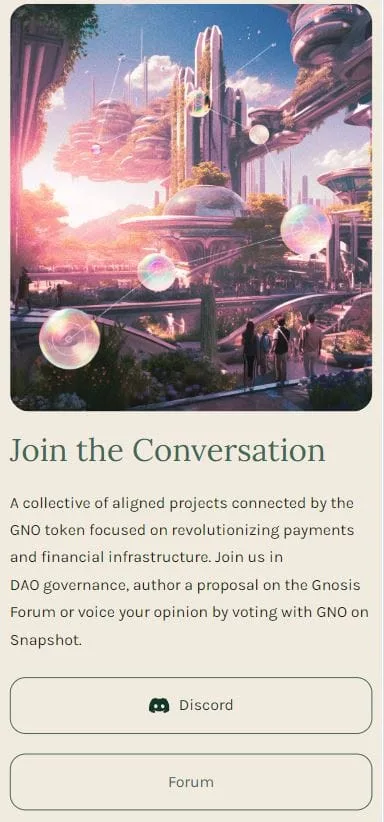
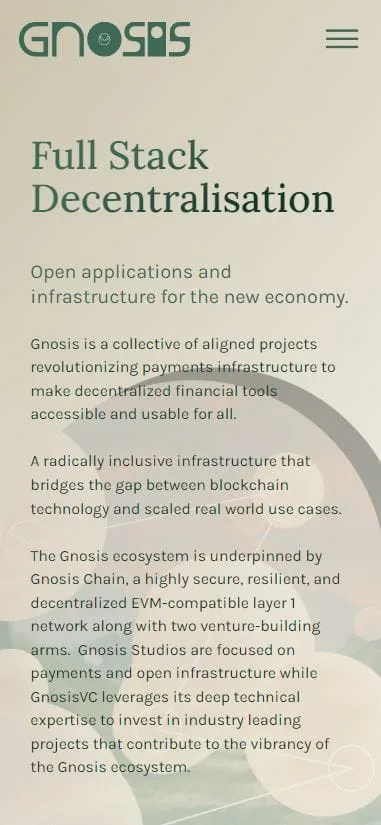









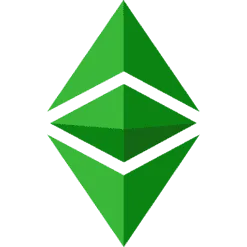

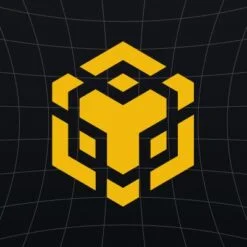
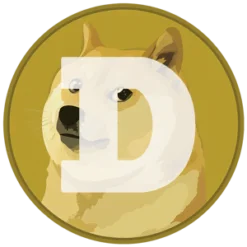




Eyad –
good
Harran –
👍
Harran –
We wait to see
Bryan Carl De Guzman –
This coin is good !